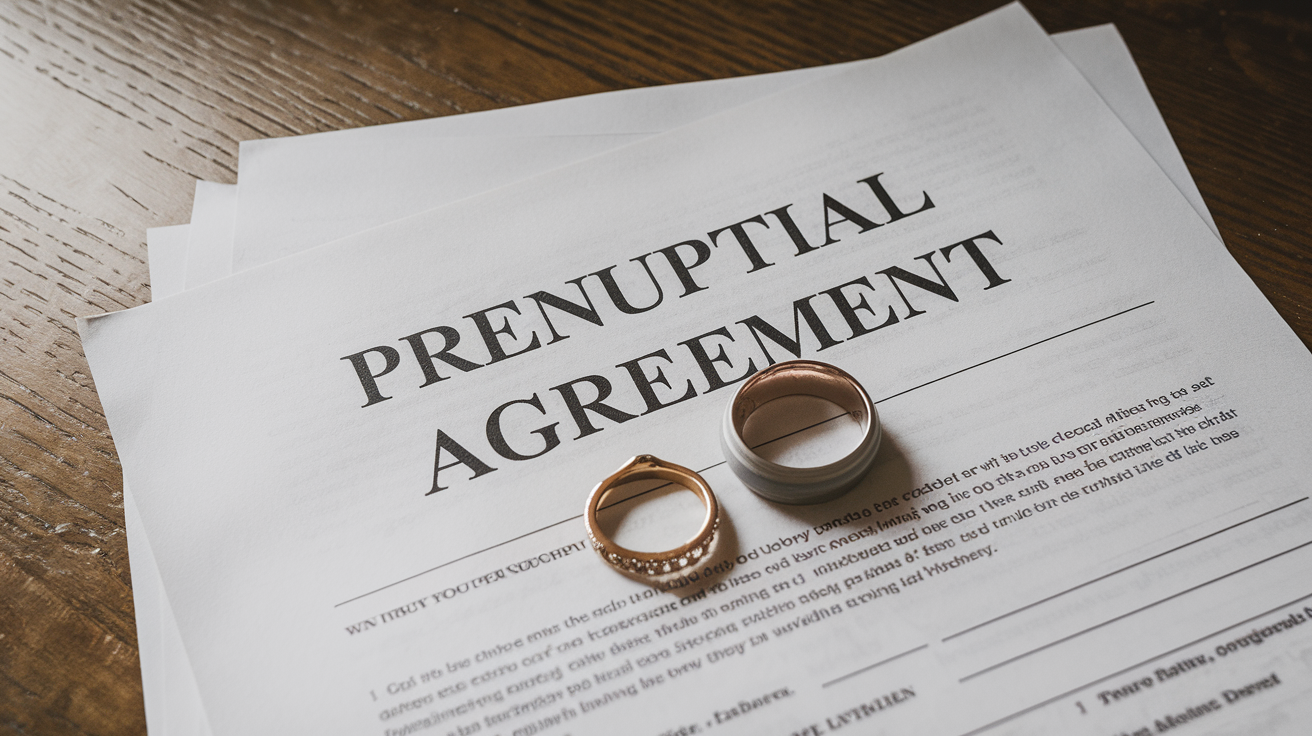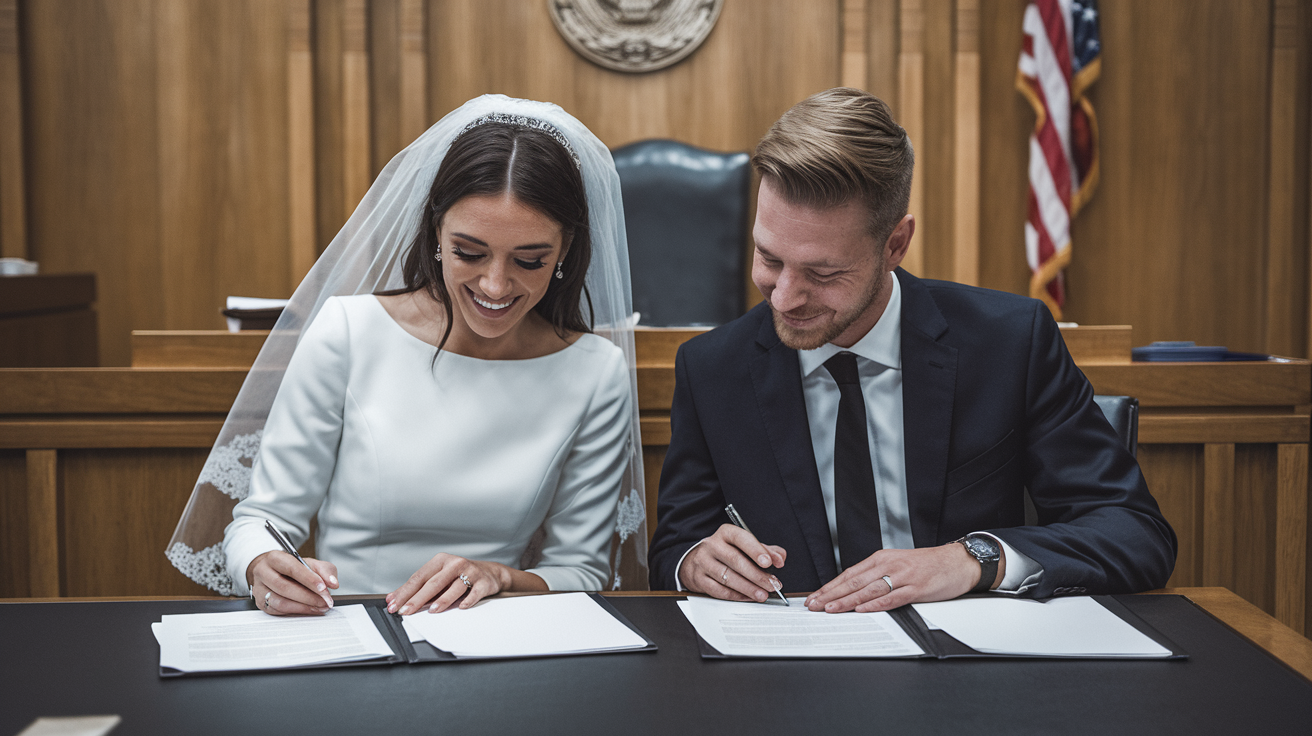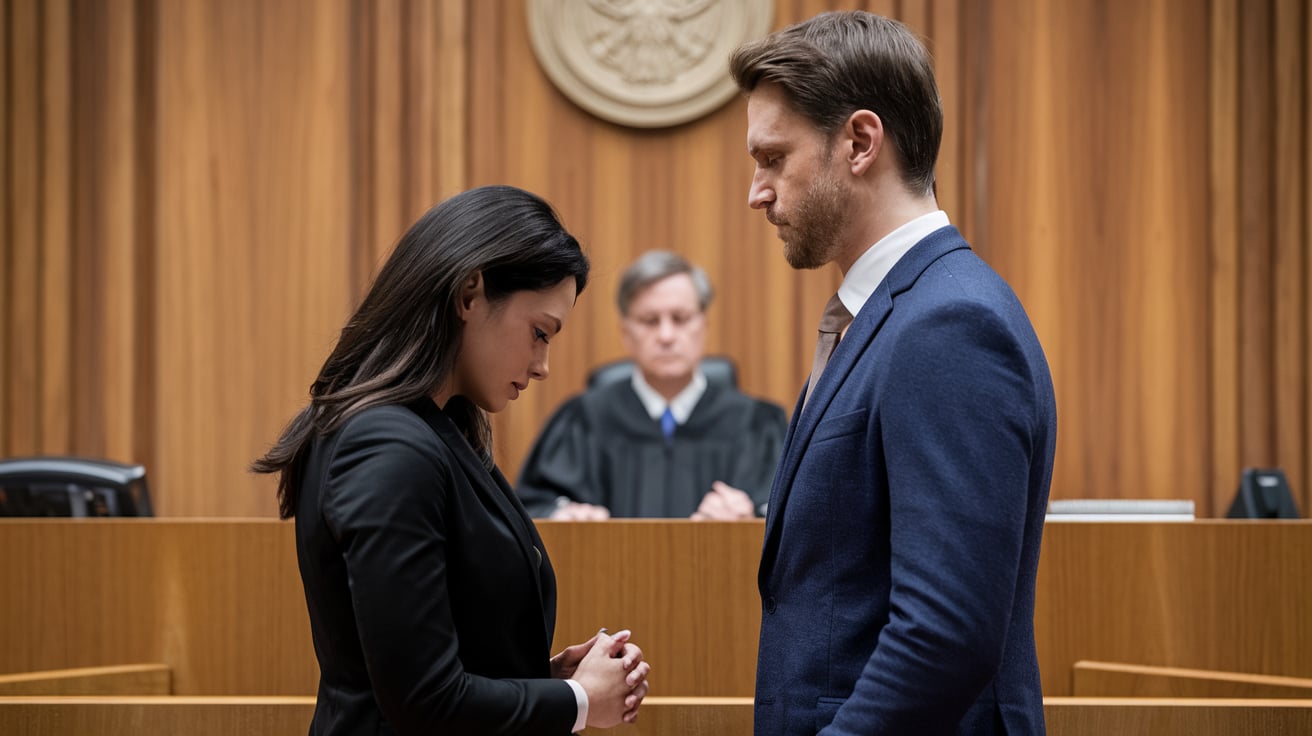Waiting for your divorce to be final can feel like time has stopped. You filed all the papers, and both parties agreed, but months have passed without progress.
The process that seemed straightforward at first now feels stuck. Many people face similar delays, even with uncontested divorces.
But there’s good news – most delays happen for common reasons that you can often address. Understanding these reasons can help speed up your case and reduce stress during this time.
This article looks at the main factors that slow down uncontested divorces.
You’ll learn about court backlogs, paperwork issues, and other key reasons for delays. Plus, you’ll find practical tips to help move your case forward.
Defining Uncontested Divorce
An uncontested divorce means both spouses fully agree on ending their marriage and all related matters. Think of it as a peaceful end to a marriage where no one fights over who gets what.
For a divorce to stay uncontested, both people must agree on:
- How to split their money, house, cars, and other belongings.
- Who gets to live in the family home?
- Plans for taking care of the children, including where they’ll live and how much time they’ll spend with each parent.
- How much money might one person need to pay the other for child care or personal support?
But here’s something important to remember: Just one small argument can change everything.
If you disagree about even minor things, like who keeps the family pet or how to divide holiday time with kids, your divorce is no longer uncontested.
This single disagreement can turn a simple process into a more complex one.
Common Reasons for Delays in Uncontested Divorce

Although uncontested divorces are meant to be quick, several factors can cause unexpected delays. Understanding these common reasons can help you prepare and avoid setbacks.
1. Court Backlog and Processing Times
Delays often begin with how busy the courts are and how quickly they can process paperwork.
- Courts handle hundreds of cases every day, and divorce papers often wait in line
- Each document needs careful review by court staff and judges
- Some courts work with fewer staff members than they need
- Morning hearings and other cases can make divorce paperwork wait longer
- Different courts have different waiting times – some take weeks, others take months
2. Paperwork Problems
Even small mistakes on forms can slow everything down and cause frustrating delays.
- Missing signatures on important forms
- Forgetting to fill in all required sections
- Math errors in financial documents
- Wrong court forms are being used
- Missing copies of important papers like marriage certificates
- Forms filled out with unclear or hard-to-read handwriting
3. Legal Review Periods
Some waiting is built into the system, as courts must carefully review documents and follow legal timelines.
- Courts need time to check all documents properly
- Mandatory waiting periods exist in many states
- Judges might ask for more information before moving forward
- Some documents need specific time gaps between filing and approval
- Extra review time is needed if children are involved
4. Communication Issues
Breakdowns in communication can cause surprising delays that stall the process.
- Delays in getting signatures from both people
- One person takes too long to return papers
- Wrong address information causes missed mail
- Email notifications are going to spam folders
- Phone numbers are changing without updates to court records
5. Financial Document Complications
Money-related paperwork often causes hold-ups when details are missing or unclear.
- Bank statements not included or outdated
- Missing tax return copies
- Unclear information about debts or assets
- Pension or retirement account details were not properly listed
- Incomplete records of shared bills or expenses
Other Potential Causes for Delays
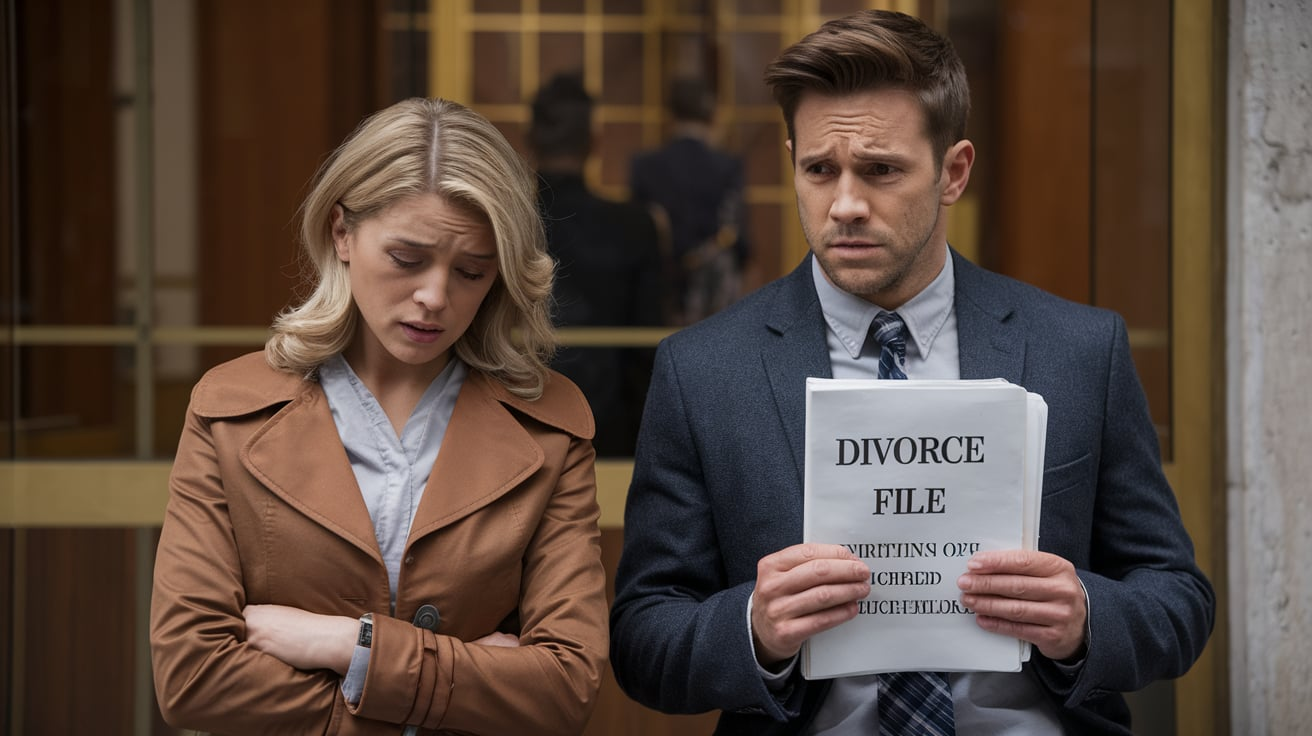
Besides the common reasons, a few other unexpected factors can also slow down the process:
- Change of Address: The court requires your current address, which means updating all paperwork and possibly resending documents.
- Health Issues: When someone gets sick or needs medical care, they might not be able to sign papers or attend meetings, which adds extra time.
- Holiday Court Closures: Courts close for holidays and special events. If your paperwork arrives during these times, it sits and waits until the court opens again.
- Missing Required Classes: Some states want parents to take special classes about children and divorce. Not taking these classes stops the process until you finish them.
- Lost Documents: Sometimes, papers get lost in the mail or are misplaced at court. Finding or replacing these takes extra time and effort.
- Computer System Problems: When court computer systems have technical issues, everything slows down. Digital files might need manual processing instead.
- Lawyer Schedule Conflicts: If you have a lawyer, their busy schedule might cause delays. They might need to handle other cases before yours.
- Judge Reassignment: Sometimes, a new judge takes over your case. They need time to read and understand all the details before moving forward.
Steps of an Uncontested Divorce
An uncontested divorce is often quicker and less stressful. Follow these 7 essential steps to navigate the process smoothly and ensure everything is handled properly.
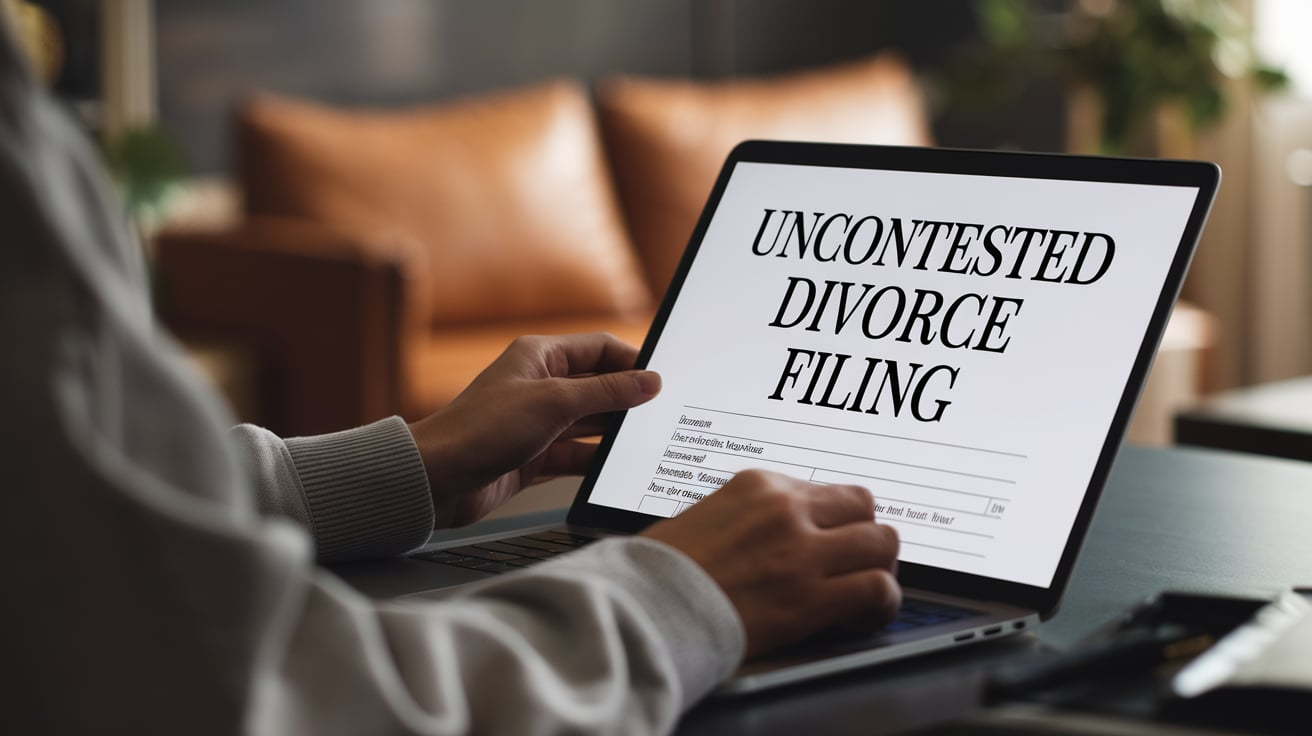
Step 1- Initial Filing
Your divorce starts when you file papers at your local court. These papers inform the court of your intention to end your marriage and outline your situation.
The court gives you a case number and starts your official record. You’ll need this number for all future papers and when asking about your case.
Step 2- Serving Papers
You must give copies of all court papers to your spouse. This can happen through mail, in person, or through someone else who delivers legal papers.
The court needs proof that your spouse got these papers. Without this proof, your case can’t move forward, even if your spouse knows about it.
Step 3- Response Period
Your spouse gets time to read the papers and respond. Most courts give them 20 to 30 days to reply or agree with what you asked for.
This waiting time is required by law. Even if your spouse agrees right away, the court still needs to wait for the full period.
Step 4- Financial Disclosure
Both people must share details about their money, what they own, and what they owe. This includes bank accounts, cars, houses, and debts.
Every item needs a proper listing and value. Missing even small things can cause the court to return papers, adding more time to the process.
Step 5- Settlement Agreement
You and your spouse write down how you’ll split everything and handle future matters. This agreement becomes the backbone of your divorce.
The agreement must cover all parts of your marriage ending. Think about holidays with kids, who pays which bills, and how to handle taxes.
Step 6- Judge Review
A judge looks at all your papers to make sure everything follows the law. They check if the agreement seems fair to both people.
Sometimes, judges ask for changes or more information. This is normal and helps protect both people’s rights in the divorce.
Step 7- Final Decree
If the judge approves everything, they sign your divorce decree. This paper officially ends your marriage and puts your agreements into effect.
You’ll get copies of this final paper. Keep it safe – you’ll need it to update your name, handle taxes, or show proof of divorce.
Role of Divorce Lawyer in Preventing Delays

How Lawyers Help Prevent Delays
A divorce lawyer checks your papers before filing them with the court. They spot problems early, saving you from back-and-forth fixes with the court.
Lawyers know which forms you need and how to fill them out right. They ensure that nothing is overlooked, from simple boxes to complex financial details.
Key Benefits of Having a Lawyer
Having a lawyer by your side can make the entire divorce process smoother and less stressful.
Proper Documentation
A lawyer prepares all required papers correctly the first time. They understand what each court needs and how judges prefer to see information presented.
They keep track of deadlines and remind you when things need attention. This stops your case from getting stuck because of missed time limits.
Court Communication
Lawyers talk to court staff regularly and know how the system works. They can check on your case status and address any issues quickly.
They also handle communication with your spouse’s lawyer, which often moves things along faster than direct contact between spouses.
Choosing the Right Lawyer
Of course, not all lawyers are the same, so choosing the right one is key.
Experience Check
Look for a lawyer who handles many uncontested divorces. Ask how many cases like yours they’ve handled in the past year.
Find out their success rate in completing uncontested divorces without major delays. Good lawyers should share this information freely.
Communication Style
Pick a lawyer who explains things in ways you understand. They should answer your questions clearly without using complex legal terms.
Make sure they tell you how often they’ll update you about your case. Good communication prevents worry and confusion during the process.
Cost Discussion
Ask about their fee structure upfront. Some lawyers charge flat fees for uncontested divorces, while others bill by the hour.
Get clear information about what services are included in their fee. This prevents surprise costs that might slow down your case.
Common Mistakes to Avoid Delay in an Uncontested Divorce

Filing Mistakes
- Not filing in the right county or court
- Missing the required number of copies
- Forgetting to include the filing fee
- Using outdated court forms
- Not checking if forms are filled out completely
Money-Related Errors
- Leaving out bank accounts or credit cards
- Not listing all shared bills and debts
- Forgetting about joint tax returns
- Missing retirement account details
- Not including recent pay stubs
Document Problems
- Sending papers without all needed signatures
- Not getting documents notarized when required
- Using photocopies when originals are needed
- Missing marriage certificates
- Forgetting to include proof of address
Communication Issues
- Not telling the court when you move
- Missing court letters or emails
- Avoiding talks with your spouse about papers
- Not responding to court requests on time
- Forgetting to follow up on submitted papers
Agreement Mistakes
- Being too vague about who gets what
- Not covering all shared items and money
- Leaving out important details about kids
- Not planning for future expenses
- Making handshake deals without writing them down
Timeline Issues
- Not following court deadlines
- Rushing through paperwork
- Waiting too long to respond to requests
- Missing scheduled court dates
- Not planning for the required waiting periods
Personal Choices that Cause Delays
- Starting new court cases during divorce
- Making big money moves without telling your spouse
- Not getting legal help when needed
- Trying to change agreements at the last minute
- Letting emotions control decisions
Remember: Taking time to avoid these mistakes at the start saves more time in the long run.
Conclusion
Getting through an uncontested divorce takes time, but understanding helps make the wait easier. Now you know what slows things down and how to keep your case moving forward.
Remember, most delays happen because of common issues that you can prevent. By staying organized, filling out papers carefully, and keeping in touch with the court, you’ll help your case progress smoothly.
If you feel stuck, don’t hesitate to ask for help. A good lawyer can guide you through tricky parts and keep things on track. They’re worth considering if you want to avoid common pitfalls.
Want more helpful tips about divorce proceedings? Sign up for our newsletter to get weekly updates and expert advice right in your inbox.




